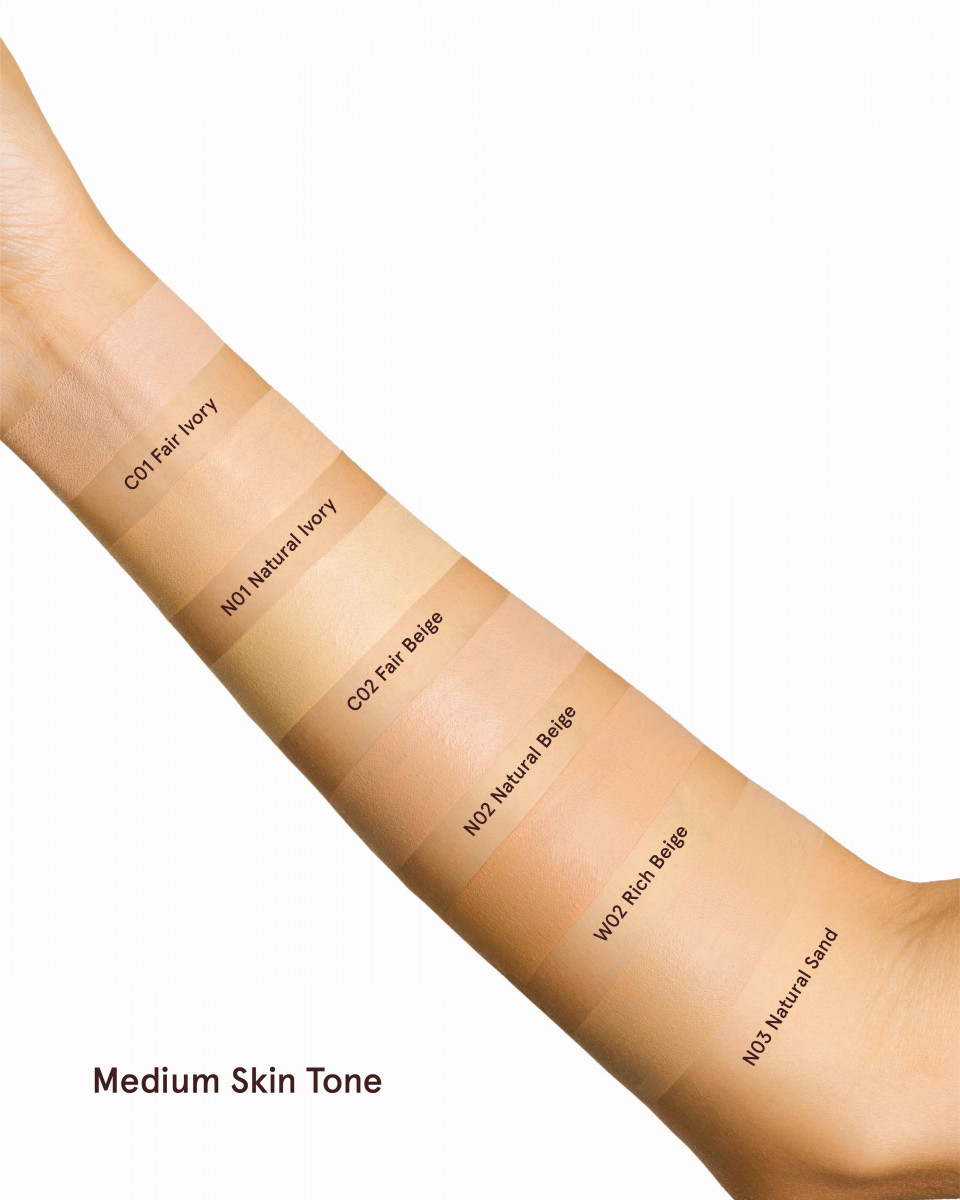
#Ivory skin tone skin
But what does it all mean? Well, if your skin tone is cool, you belong to the summer or winter family. You might have heard friends referring to themselves as spring, summer, autumn, or winter types. If you want to pinpoint more precise colors that will suit you, you need to look at more than just your skin tone and consider your overall coloring. Color analysis based on your overall coloring Gold jewelry will also help to bring out the warm undertone of the skin and help you look more glowy. Greens, browns, warm reds or oranges, peach, coral, and gold also suit this skin tone well. People with warm skin tones tend to look best in yellow-based colors, as they bring out the natural undertone more. Warm skin tones will usually have a yellowish or an olive brown undertone.

Warm skin tones will usually be able to tan quite quickly and easily and don't tend to get burnt very much, as usually they will have more melanin in their skin. If you have golden undertones (like Nicole Kidman, Gwyneth Paltrow, Heidi Klum or Beyonce), your skin tone is warm. Now that you've worked out your base skin tone, you can start to choose fashion and makeup colors based simply on whether you are cool- or warm-toned. Which shade lights up your complexion and makes your eyes pop? If it's silver, you're cool. Now do the same with a piece of silver fabric or jewelry. Still not sure? Try holding a piece of gold fabric under your chin (or trying on a gold necklace). "If you have a golden or apricot undertone and green-tinted veins you have a warm skin tone." "Look at the underside of your arm in natural daylight, if you have a pink or rosy undertone and blue-tinted veins you have a cool skin tone," explains personal stylist Elaine Davies.

A couple of color analysis tests can help you figure your skin tone out quickly and easily. The first step of using color analysis to determine the best shades to suit you is to first figure out whether you have a warm or cool skin tone. "In a nutshell, you can use your skin tone (skin, hair, and eyes) to determine whether you are warm or cool-toned, and your overall coloring-so how dark your skin is and the color of your natural hair-to determine whether you are light or dark." What skin tone am I?
#Ivory skin tone professional
Your base skin tone will be either warm or cool, while your overall coloring takes your eye and hair color into consideration.Īnthony McGrath, a celebrity stylist, and lecturer at London's Fashion Retail Academy advises that it can be useful to "have a color analysis with a stylist or professional color analyst," however there are ways to figure out your coloring by yourself. There are two areas to consider when analyzing your color-your base skin tone and your overall coloring. It will also help you figure out the finer details, like what color of jewelry suits you (*starts filling a basket with jewelry gifts to self.*) What is color analysis?Ĭolor analysis is a surefire method of answering what color suits me?, because it determines which colors of clothing and which makeup shades harmonize with a person's skin complexion, eye color, and hair color. Read on to find out which shades you should be looking out for to bring out the best of your specific coloring. Here are photos showing the effect that the Ivory has had for our customers.So, if you can't bear to bin the black (which can cause shadows to pool in lines and crevices when worn too close to the face), add a colored scarf to your wardrobe essentials. The result is a refreshed complexion, that both looks and feels healthier – all without any of the side effects that can be caused by topical medications.įrom the clinical study conducted by Princeton Research Division.īlue light therapy is a non-invasive, gentle treatment that leaves surrounding tissues unharmed. This reduces redness and inflammation, minimizing pores, and healing the sebaceous (oil) glands.

Together, these effects increase blood flow and eliminate the dirt, dead skin cells, and bacteria trapped under the skin. The Ivory device uses a unique combination of topical heat (in a range of 40-42 C, or 104-107 F) and blue light to combat skin imperfections, reaching 415 nanometers under the skin, all the way to the hypodermis.


 0 kommentar(er)
0 kommentar(er)
